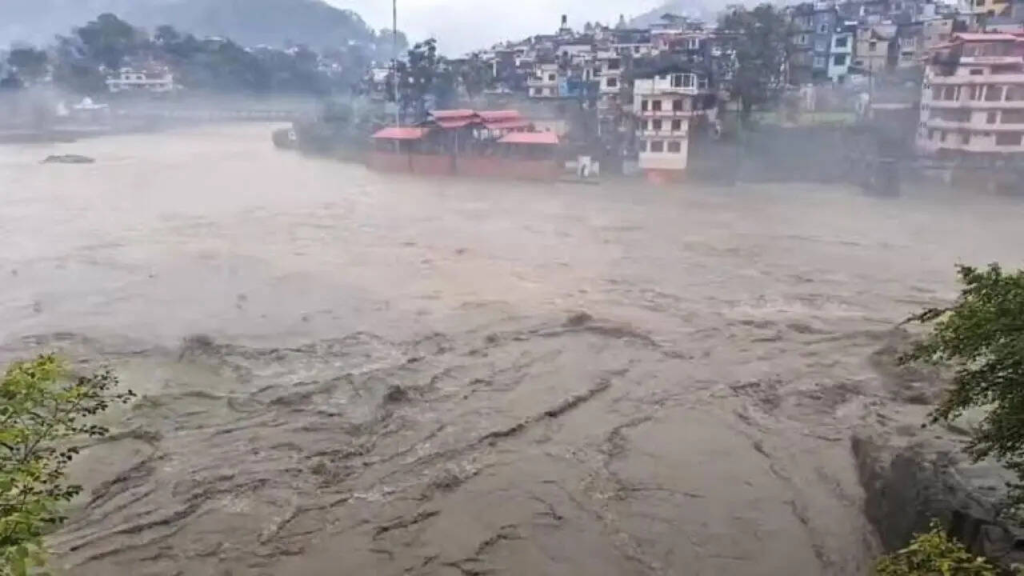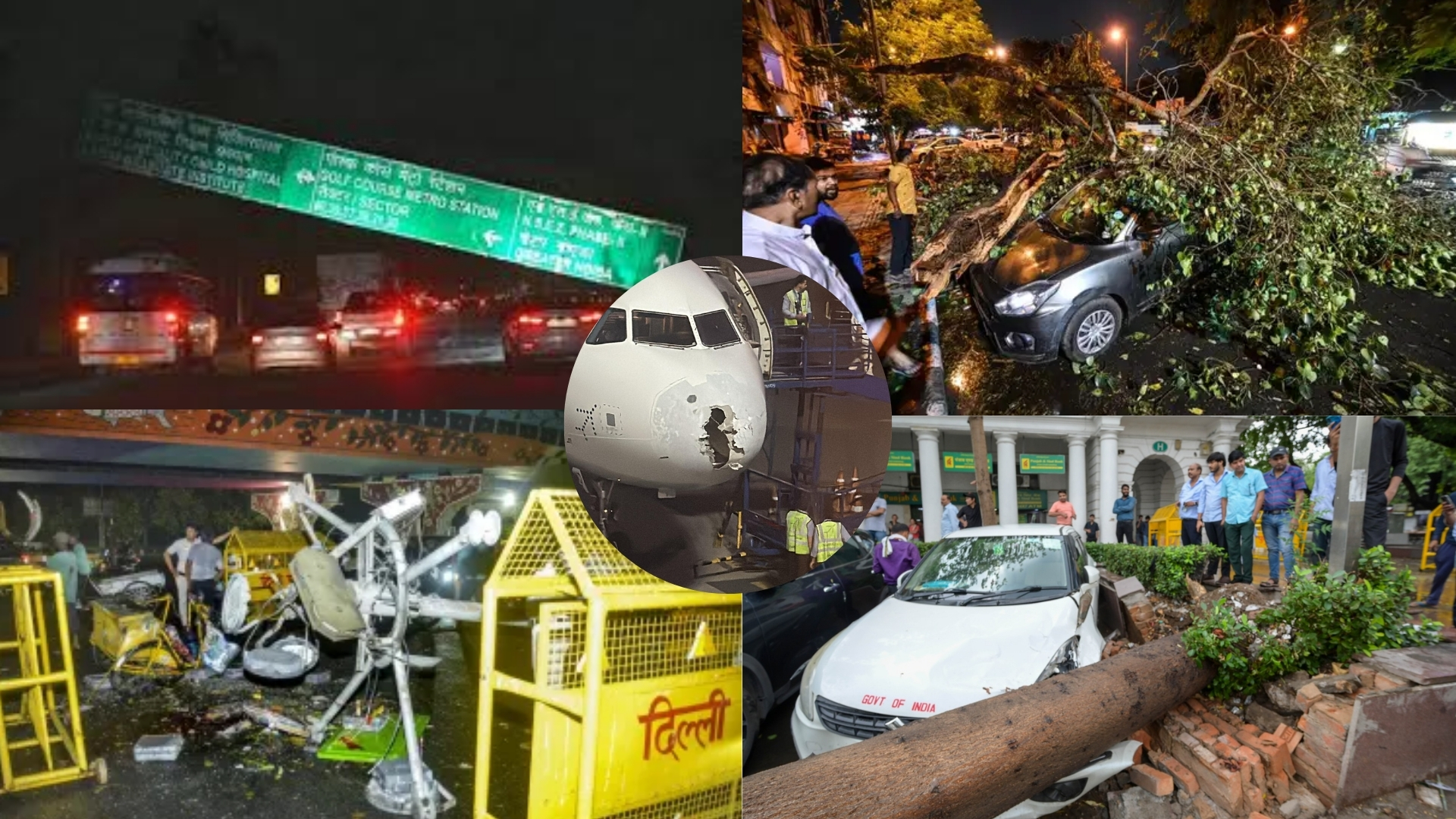
Monsoon Havoc Himachal Structured into nine focused sections, this analysis provides context, data, and insights into the scale of devastation, ongoing rescue efforts, and what lies ahead.
1. Overview of the Disaster
Since late June, relentless monsoon rains have triggered cloudbursts, flash floods, and landslides across Himachal Pradesh. Authorities confirm that atleast 63–69 people dead and dozens missing, and property losses exceeding ₹400 crore The state faces one of its worst monsoon crises in recent memory.

2. Fatalities & Missing Persons
Official figures indicate at least 63 confirmed dead and over 40 missing people predominantly in Mandi district. Other affected regions include Kangra, Chamba, Shimla, Bilaspur, Hamirpur, Kinnaur, Kullu, Lahaul-Spiti, Sirmaur, Solan, and Una UNI reports suggest the toll may have reached 69 fatalities, with 37 missing
3. Regional Damage Highlights
- Mandi district: hardest hit—bridges and houses swept away, over 150 homes damaged, 146 cattle sheds destroyed, and 31 vehicles lost; 40 people missing here alone.
- Shimla: major landslides in Dhalli, collapse of multi-storey buildings, and road failures
- Other districts: widespread damage including washed-out infrastructure, flooded roads, and fallen structures .
4. Infrastructure and Economic Damage

- Property losses estimated at ₹400 crore (expected to rise).
- UNI suggests broader damage up to ₹495 crore, with ₹287 crore in public assets and ₹203 crore private.
- Critical infrastructure hit: nearly 250–500 roads blocked, 500+ transformers disrupted, and 784 water schemes affected
5. Environmental and Ecological Effects
Monsoon deluge has overfilled reservoirs like Pong and Ranjit Sagar, while Bhakra Dam remains below last year’s water levels
Soil loss and slope destabilization triggered frequent landslides audio-visual evidence from Dhalli and Sirmaur underscores the severity
Officials warn this is symptomatic of climate change impacts in hill ecosystems .
6. Rescue, Relief & Response Operations

- NDRF, SDRF, armed forces, police, and local teams are leading evacuations and clearing operations.
- Helicopter sorties delivering food, medicines, and evacuating stranded villagers—especially pregnant women nearby Thunag
- Five relief camps established in Mandi; air-dropping essential supplies; efforts for restoring water and electricity connectivity under way.
7. Government and Political Reaction
- Himachal CM Sukhvinder Singh Sukhu’s team asserted ₹400 crore losses, anticipates higher tally
- IMD issued a heavy-rain alert until July 7, key advisories being circulated
- Union Home Minister Amit Shah confirmed NDRF deployment and offered Centre’s full support .
- Opposition Leader Jairam Thakur highlighted destruction in areas he represents, urged expedited aid
8. Challenges to Recovery
Ongoing heavy rainfall complicates rescue and restoration: roads impassable, power and water outages, unstable slopes remain threat
Coordination of telecommunication (ICR, ISAT devices), repeated landslides, and damaged embankments hamper access .
Humanitarian concerns include isolated communities, disrupted supplies, and exposure to further disasters.
9. Outlook & Long-Term Outlook
Experts emphasize the need to strengthen resilience measures for climate-induced extremes .
Efforts ahead: repairing transport and utilities, bolstering slope support, reinforcing infrastructure (schools, bridges, roads, dams) .
Expected clear skies post-July 7 could relieve immediate risk—but rebuilding could span months, demanding policy focus and funding.
Final thought
The monsoon disaster in Himachal has inflicted severe loss of life, infrastructure, and environmental stability. With over 60–70 fatalities, significant property damage, and prolonged disruption, the region needs massive relief efforts and sustainable planning. Immediate action (rescue, supplies, weather monitoring) and long-term investment (infrastructure resilience, early-warning systems) are urgent to face monsoon challenges in a changing climate.







